FORT POLK, La. — The Army has been training, advising and assisting foreign partner nations for the better part of a century.
But in 2017, for the first time, the service announced that it would stand up an all-volunteer brigade for noncommissioned officers and post-command officers to spend two or three years training and deploying for that mission only.
The Army offered a handful of cash and administrative incentives, but for many, the chance to share and sharpen their skills — and deploy — was motivation enough.
“My personal interest and loves are culture and language,” Capt. Christopher Hawkins, the executive officer of C Company, 3rd Battalion, 1st Security Force Assistance Brigade, told Army Times on Jan. 18. “The way this was pitched is, this is a way to marry that tactical experience with language and culture, to a bigger extent than you would in a typical deployment.”
RELATED
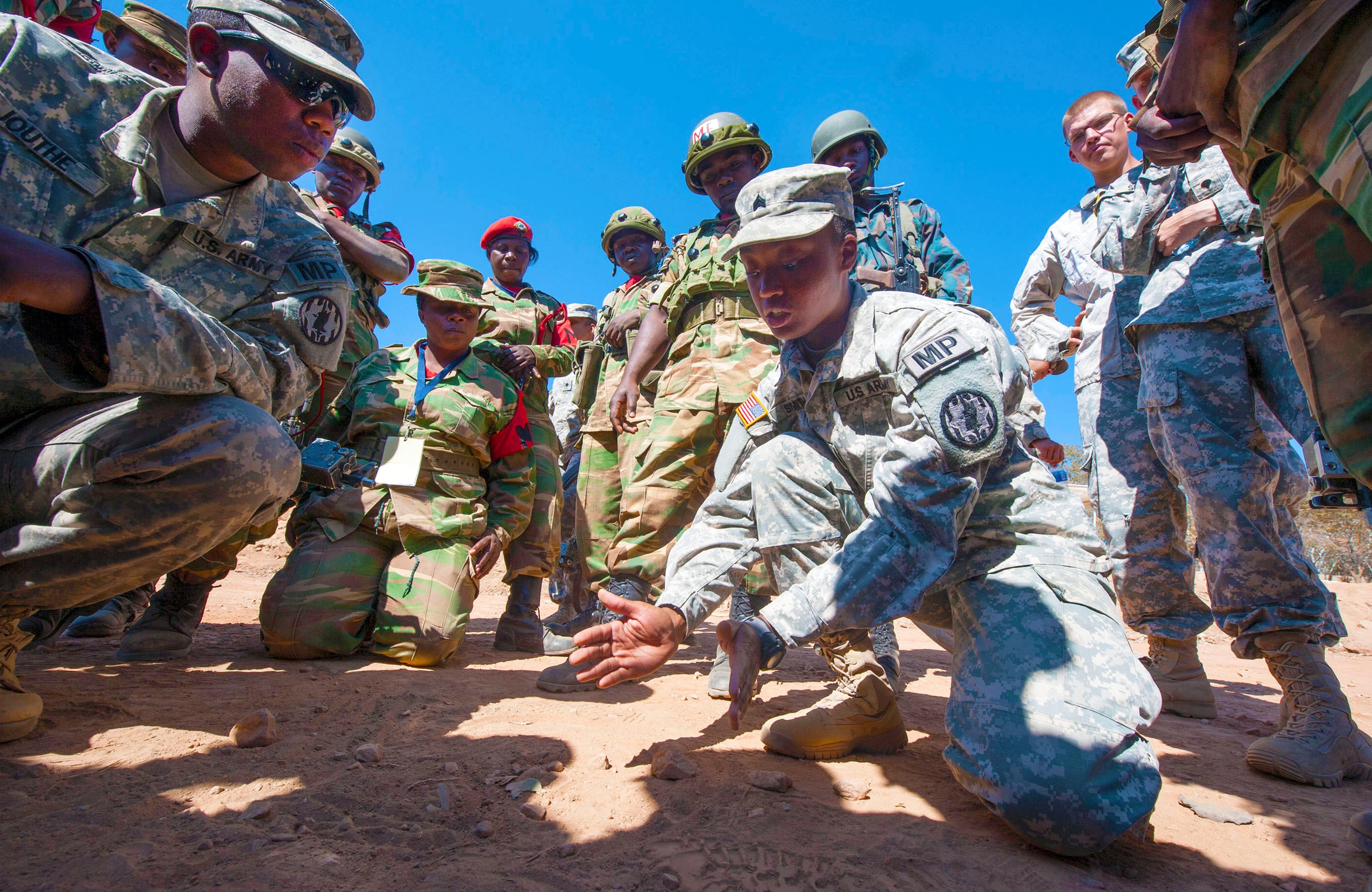
The plan resembled a handful of forebears, like the Security Force Advisory and Assistance Teams and the Military Transition Teams of earlier years, temporary solutions that gave many soldiers a taste of combat advising as a job.
“This is the type of mission that I do believe in, I’ve enjoyed it in the past,” said C Company commander Maj. Jason Moncuse. “And you can actually see changes, and that’s what I like about it.”
And a solid organizational structure means that his higher-ups are invested in the work that he’s doing, because it’s their main objective as well.
“The way it was before, you were just kind of an isolated team. What I like about this concept is, now you have higher echelons to report to,” Moncuse added. “In the past, you would just go out, you would do your thing, you would send a report — you didn’t really have interaction with higher, you didn’t have that support network to reach out to.”
The hope is SFABs will give the Army a chance to make a lasting impact on developing militaries while conserving its readiness for its own brigade combat teams, who have been sending their headquarters elements downrange for the advising mission while the rest of the formation kicked around back home.
“The struggle then was maintaining continuity,” B Company, 3rd Battalion commander Capt. Justin Shaw said of his previous combat deployment. “We’d go out once a week, maybe very two weeks. So it was hard to establish that rapport from persistent advising.”
Others wanted to come back and finish what they’d started all those years ago in Afghanistan and Iraq, a time punctuated by pain and loss.
“It wasn’t all for nothing,” said Capt. Daniel Jansen, an engineer construction team leader. “Part of the SFAB, in my mind, and the reason that I wanted to go here was to contribute to that unfinished business.”
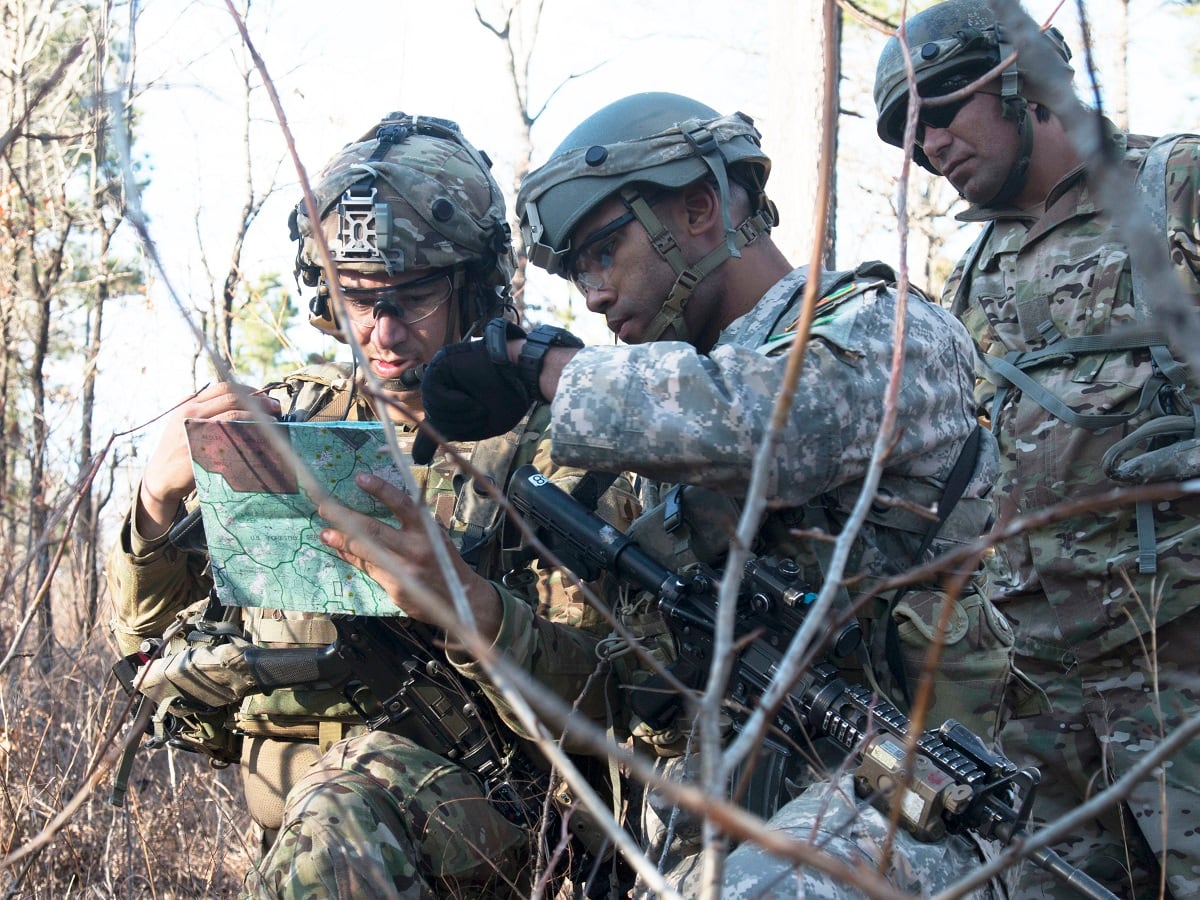
The right stuff
Members of the SFAB are required to have completed the key leadership positions for their ranks, which means that everyone has already been a battalion commander, a company commander, a team or a squad leader.
For many, the next tick on their career timeline would have been an instructor job or related broadening opportunity.
And for them, joining the SFAB was a way to stay in the fight.
“Once your platoon sergeant time is over, they’re not really in a hurry to send you back out to be a platoon sergeant, because there are other people who need it,” said Sgt. 1st Class Daniel Mayzik, C Company, 3rd Battalion team NCO-in-charge.
“I could go back out, be with soldiers, be in the field, do all the fun stuff that I signed up to do,” he added.
RELATED
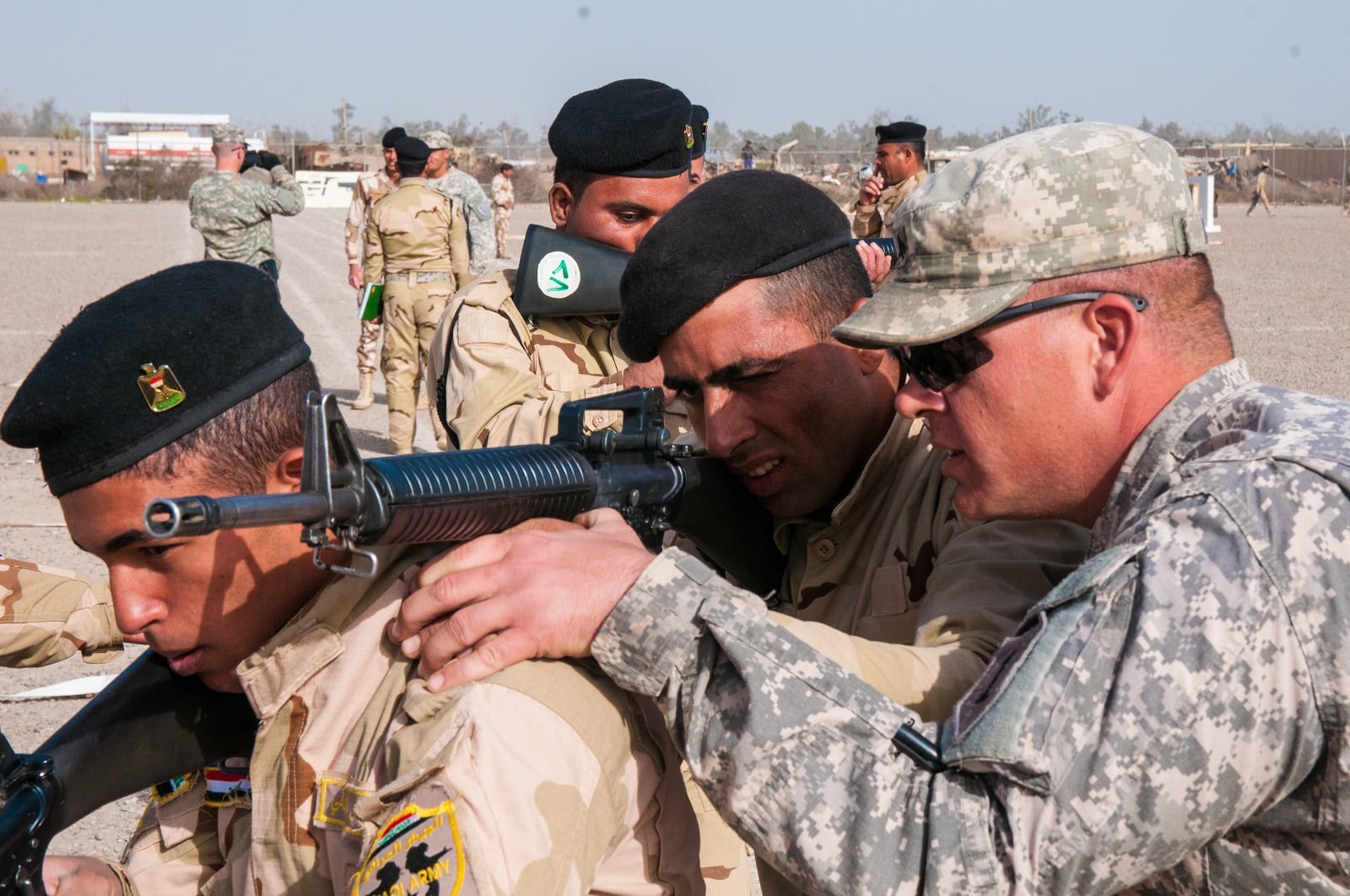
For some younger NCOs, it was time to branch out.
“It was a point in time in my career when I was ready to move into something new and this was it,” said Staff Sgt. Robert Senn, a cavalry scout and adviser. “This is one of the only opportunities to broaden yourself and still be a deploying part of the Army.”
For others, working in a smaller, more elite unit has already sharpened their skills.
“We get to go to a lot of courses that are not normally open to us,” said combat medic Staff Sgt. Jarrid Lovenburg, who completed the Tactical Combat Medical Care course. “Unless you’re an actual treatment NCO working at Role 1 [like a battalion aid station] or higher, you normally don’t get to go to that.”
Like any brigade combat team, members of the SFAB are predominantly male. Women have only been allowed to serve in infantry and cavalry units — two of the biggest sources of SFAB soldiers — since 2016.
But in addition to small teams of 11Bs and 19Ds, the SFAB also has the full complement of gender-integrated support staff, from medical to personnel to supply.
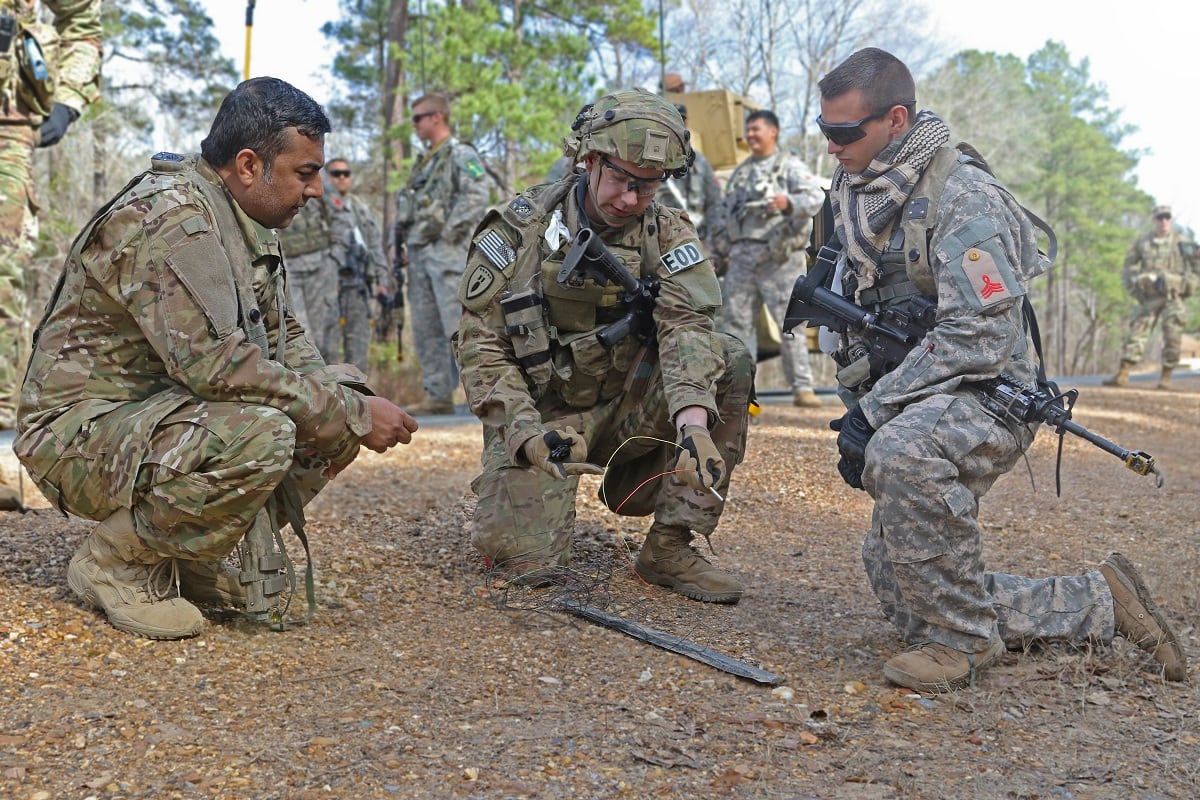
To fill some of these positions, the Army reached down into its records to find the best people in their skill areas to bring to Afghanistan.
One of them is Sgt. Diego Gantivar, a wheeled vehicle mechanic who has never been in combat, but had 20 years as a civilian mechanic before he enlisted.
Earlier in 2017, his sergeant major called him in to tell him he’d come up on a list of good candidates for combat advising.
“I probably consider myself one of the most qualified mechanics in the United States Army,” he said.
He’ll be tasked with teaching Afghan troops to repair and maintain their vehicles, starting with problem one: An unreliable supply chain.
“When I went to selection, they already had notified me that was one of their problems,” he said. “On my CAT team, our clerk, he’s usually the one that gets the part in your regular motor pool. With him and I, we’re going to try to find, where’s that missed connection? Why are they not getting their parts?”
Sweeping, hauling, stacking
Everyone in the SFAB is an E-5 and above. Thanks to the Army’s promotion incentive, specialists who sign up are awarded full promotion points and an automatic bump once they finish the Military Training Adviser Academy at Fort Benning, Georgia.
RELATED
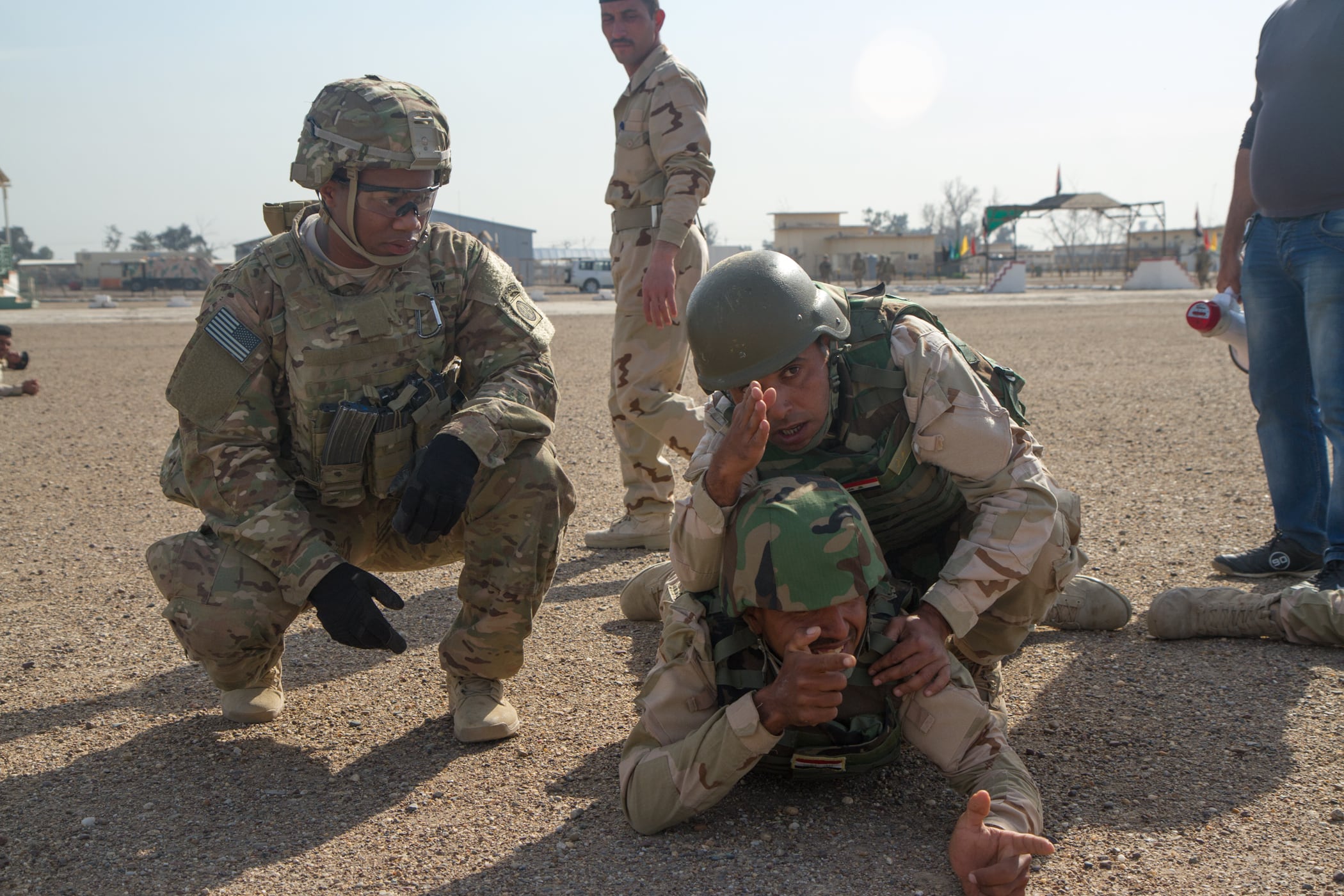
This has its good and bad points, members told Army Times.
“In this type of unit, it doesn’t matter — officer, enlisted, NCO — everybody is a high-quality individual,” Moncuse said. “No one needs extra attention.”
This is rare in any formation, let alone combat arms. Multiple leaders expressed delight in commanding a unit where you tell a subordinate to do something once, and it’s done.
Having a brigade full of above-average PT performers, who have experience tying up every loose end before a deployment, brings down the time the units have to spend on administrative noise.
“That has given us maximum time to focus on the mission at hand,” Moncuse said. “It allowed us to go from zero to where we are now in a matter of months.”
RELATED

From a senior leader perspective, there are positives and negatives, 3rd Battalion commander Lt. Col. Ian Palmer told Army Times.
“The advantages are that the overall maturity of the organization is a lot higher,” he said. “There are things that you don’t have to say to an organization like this — they automatically know.”
The downside, Palmer said, is that you don’t get the same mentoring relationship that leaders have with their junior soldiers.
There’s also a noticeable lack of readily available labor.
You see it everywhere at FOB Warrior, where the teams plan events and eat two hot meals together every day.
After breakfast, a sergeant first class folds chairs and puts them up on tables.
“And if you want to see two captains, a sergeant first class and a sergeant sweeping the motor pool — I’ve carried more tough boxes in the last six months than I imagined I would in my entire life,” Hawkins said.
RELATED
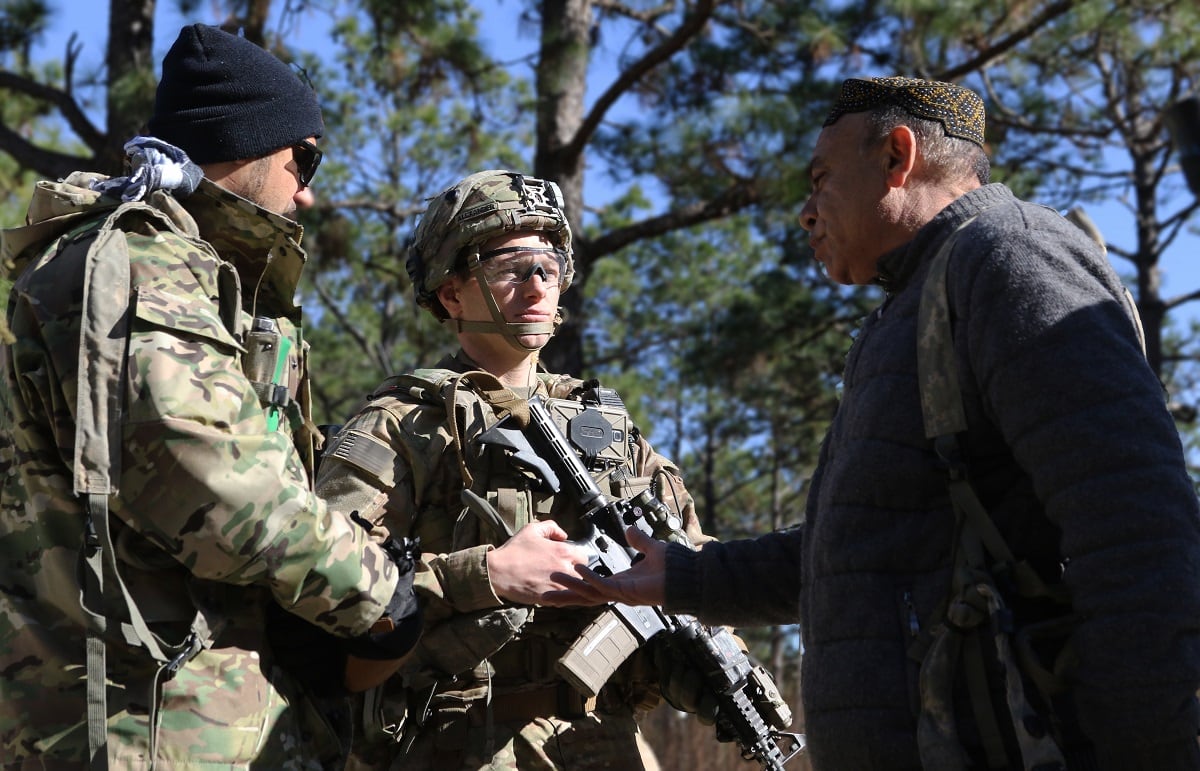
Meghann Myers is the Pentagon bureau chief at Military Times. She covers operations, policy, personnel, leadership and other issues affecting service members.





